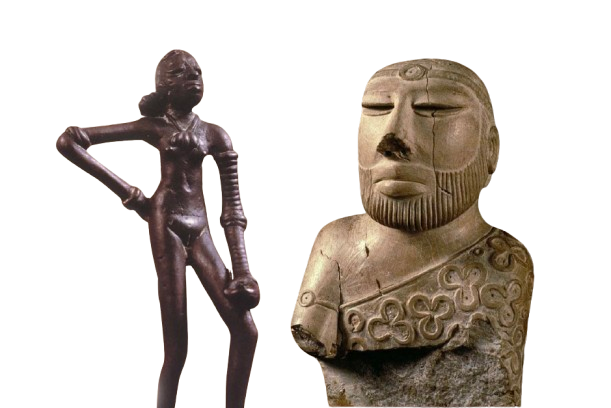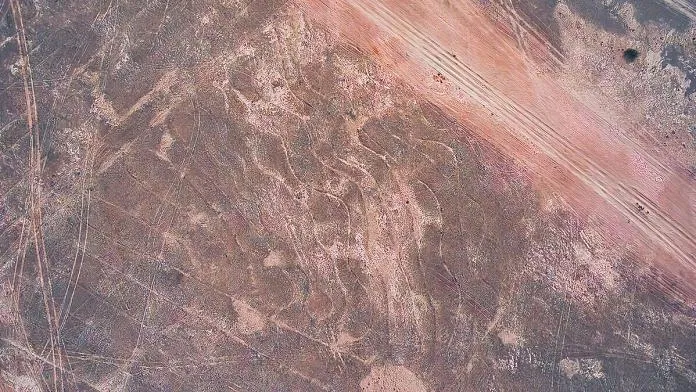Rakhigarhi: The First Excavation and Its Astonishing Discoveries
Introduction
Rakhigarhi, a small village in Haryana, India, came into the spotlight when the Archaeological Survey of India (ASI) began excavations in 1997. The findings from these digs revealed that Rakhigarhi was one of the largest sites of the Indus Valley Civilization (IVC), dating back to 2600-1900 BCE. These discoveries have significantly contributed to our understanding of ancient urban life in the region.
The First Excavation: A Landmark in Indian Archaeology
The ASI launched its first major excavation at Rakhigarhi in 1997, led by Amarendra Nath. The site, covering over 350 hectares, quickly revealed itself as one of the largest Harappan cities ever found. This discovery expanded the known boundaries of the IVC and showed that its influence reached deep into present-day India.
The dig exposed layers of habitation from the Early to Mature Harappan periods. Rakhigarhi’s advanced urban design, including planned streets and drainage systems, mirrored the layout of other major Harappan cities. However, beyond infrastructure, the excavation uncovered a wealth of artifacts that shed light on the daily lives of the people.
Major Discoveries: Artifacts from Rakhigarhi
The following table summarizes key materials unearthed during the excavation:
| Excavated Material | Details |
|---|---|
| Pottery | Painted and unpainted Harappan red ware, including bowls, vases, and large storage jars. |
| Burials | Human skeletons with copper/bronze ornaments, shell bangles, and semi-precious stones. |
| Terracotta Objects | Animal and human figurines, toy carts, and wheels, reflecting everyday life and artistic skill. |
| Copper Objects | Tools like chisels and axes, as well as jewelry like bangles, showing advanced metallurgy. |
| Beads | Semi-precious stones like carnelian, lapis lazuli, and faience, highlighting trade networks. |
| Stone Tools | Knives, blades, and grinders made of chert and other stones. |
| Ivory and Bone Tools | Combs, needles, and other items, showing craftsmanship and resource use. |
Burial Sites and DNA Analysis
The discovery of burial sites at Rakhigarhi offered a glimpse into Harappan burial customs. The skeletons were accompanied by grave goods, suggesting that the people believed in an afterlife. DNA studies on the remains later revealed that the Harappan people were indigenous to the region, with minimal genetic influence from outside South Asia【9†source】.
Preservation Challenges
Despite its significance, preserving Rakhigarhi remains difficult due to the fragile structures made of dried brick, which are more vulnerable to weathering. Local residents live near the ancient mounds, which adds to the challenge of conservation【10†source】. However, efforts are underway to involve locals in protecting the site and preserving its heritage.
Conclusion
The first excavation at Rakhigarhi revealed a complex and advanced civilization that thrived over 4,000 years ago. Its discovery has deepened our understanding of the Indus Valley Civilization, shedding light on urban planning, daily life, and burial practices. Today, Rakhigarhi remains a crucial site for archaeologists, continuing to offer insights into the ancient world of the Indian subcontinent.



